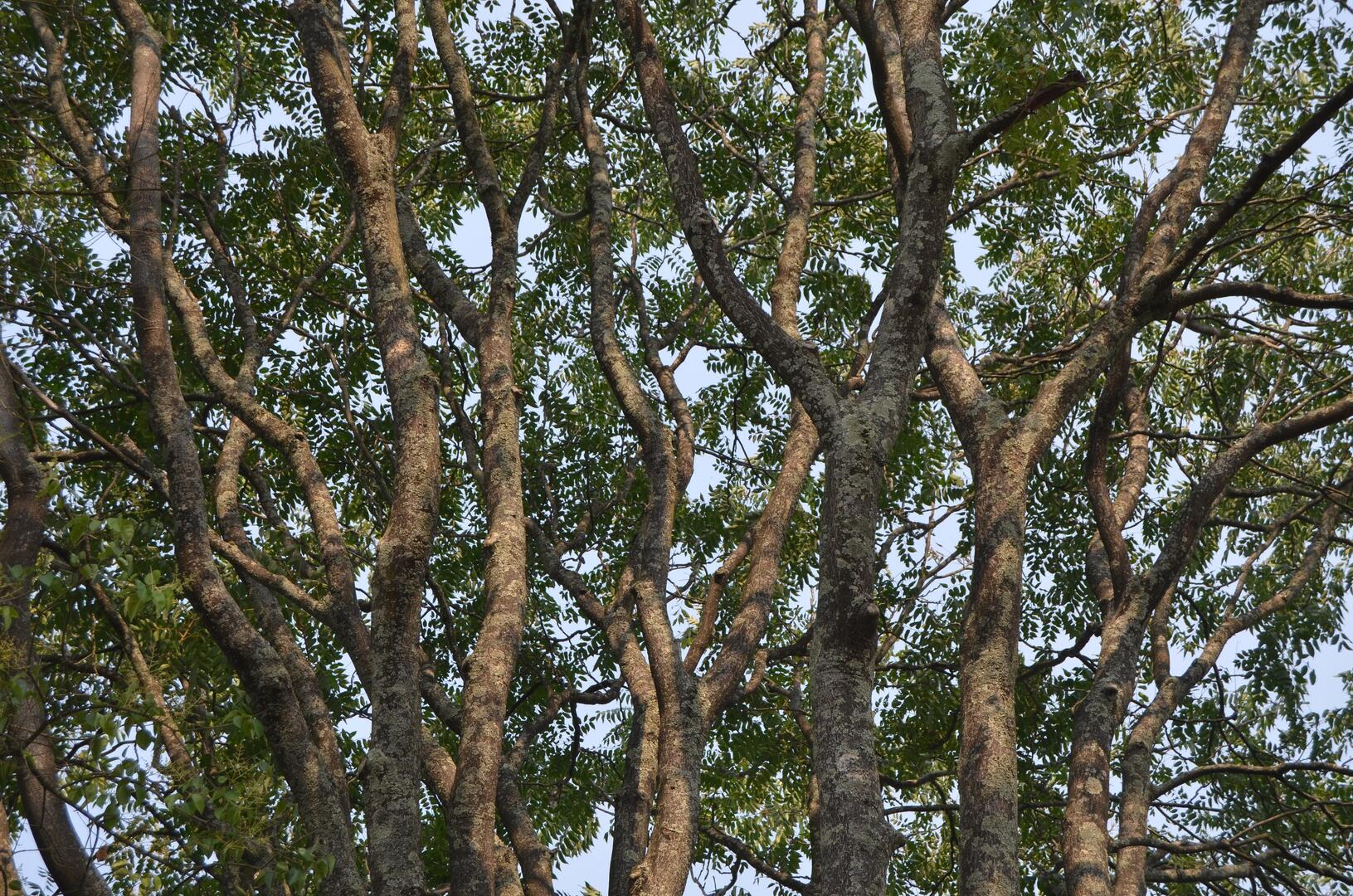Lódão-bastardo / Southern nettle tree
Nome Comum / Common Name:
Lódão-bastardo / Southern nettle tree
Nome Científico / scientific name:
Celtis australis L.
Família / Family:
Caltidaceae
Ordem / Order:
Urticales
Sub-classe/ Sub-class:
Malvidae
Classe/ Class:
Magnoliopsida
Descritor / Descriptor:
L.
Distribuição Geral / Main Distribution:
Sul da Europa, Oeste da Ásia e Norte de África / S Europe, W Asia and N Africa
Época Floração / Flowering time:
março-abril / March-April
História e aplicações:
O nome do género Celtis deriva do latim celt(h)is segundo Plínio, o Velho, é o nome dado em África ao “Lotus”, que para alguns é conhecido como a jujuba (Ziziphus jujuba Mill.) e para outros o lódão (Celtis australis L.). O nome australis é o epíteto latino que significa “sul” . As folhas e especialmente os frutos verdes do lódão-bastardo, têm sido usados em medicina popular como adstringentes após serem cozidos. A madeira é muito elástica, flexível, compacta, de uma clareza branco-amarelada, no centro acinzentada, com anéis de crescimento não muito marcados. Devido a estas características foi muito apreciada e utilizada para o fabrico de aros destinados às cubas (tonéis), peças de carretaria, remos e sobretudo é clássica a sua utilização no fabrico de utensílios com que se maneja na eira onde se debulha o cereal. A madeira é também bastante apropriada para o fabrico de carvão. As suas folhas e rebentos tenros são podados de forma a servir de forragem no Inverno.
History and applications:
The genus name Celtis derived from the Latin word celt(h)is. According to Pliny the Elder, this was the name given in Africa to the “lote tree”, which for some was jujube (Ziziphus jujube Mill.) and for others Nettle Tree (Celtis australis L.). The name australis is the Latin epithet that means “south”. After being cooked, the leaves and especially the unripe fruits of the Nettle Tree have been used in traditional medicine as astringents. The wood is very elastic, flexible, compact, of yellowish-white colour and the centre – which is greyish – hasn’t got clear growth rings. Its characteristics are highly appreciated to make barrels, farming gear and paddles. Its wood is also proper for charcoal making. Its leaves and young sprouts may be clipped to serve as fodder during winter.



